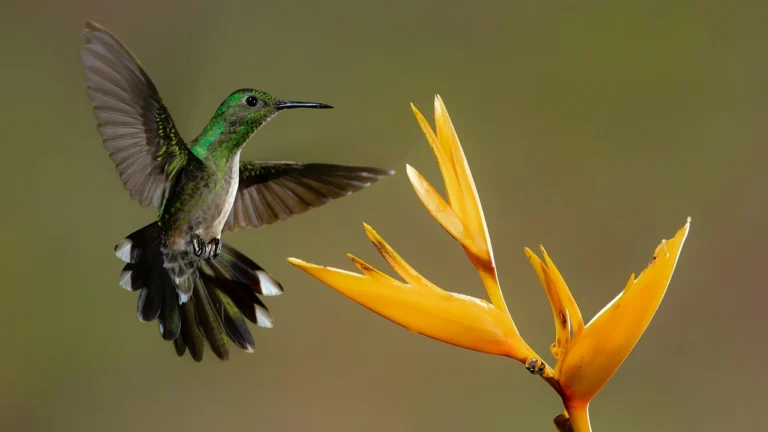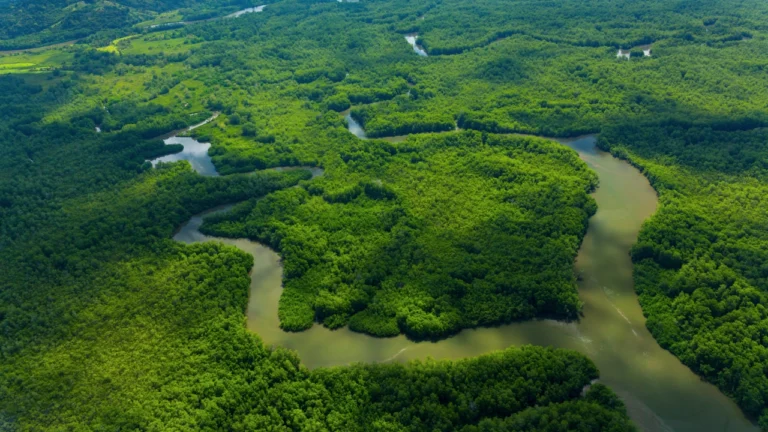Costa Rica’s rainforests are a haven for nature enthusiasts, and bird photographers flock (pun intended) to capture the vibrant species that flit through the emerald canopy. With over 800 resident birds, Costa Rica boasts a dazzling array of colors, shapes, and behaviors, making it a dream destination for birders and photographers.
Where to find popular species: Prime Birding Locations
Imagine stepping into a world where the air vibrates with the calls of over 900 bird species, a symphony of nature’s most exquisite melodies. Costa Rica, a jewel of Central America, is more than just a tropical paradise; it’s a living canvas of avian diversity, a dreamscape for bird photographers. From the lush lowlands to the misty cloud forests, every corner of this biodiverse nation offers a unique opportunity to capture breathtaking images of some of the world’s most spectacular birds. This isn’t just a bucket-list trip; it’s an immersive experience, a chance to freeze moments of pure natural beauty in time.
You’ll find Costa Rican birds everywhere, from gardens filled with iridescent Hummingbirds to the rain forests filled with vibrant Green and Scarlet Macaws to the cloud forests where the Resplendent Quetzal, one of nature’s most stunning birds, makes it home.
The colorful antics of Toucans and the fiery brilliance of Aracari are always on the avid bird photographer’s list of Costa Rica bird species.
Beyond the well-known species, seek out the majestic King Vulture (Sarcoramphuspapa). Its striking white and black plumage, coupled with its vibrant orange and red head, makes for a truly captivating subject. This species is often found in the rainforest lowlands. It is a must-have image for any bird photographer.”
This blog post will share the knowledge to find an target specific Costa Rica bird species and gear to transform your Costa Rican rainforest adventure into a photographic triumph.
- Monteverde Cloud Forest: Famed for its mystical atmosphere and abundant wildlife, Monteverde is a haven for elusive species like the Resplendent Quetzal, a national treasure.
- Los Quetzales National Park is a cloud forest teeming with exotic flora and fauna. Look for the elusive Resplendent Quetzal, emerald toucanets, and multiple species of hummingbirds.
- Corcovado National Park: This vast park on the Osa Peninsula is a paradise for birders seeking toucans, scarlet macaws, and even the rare Bare-Necked Umbrellabird.
- Arenal Volcano National Park: While known for its volcanic majesty, Arenal boasts a network of trails perfect for spotting colorful tanagers, motmots, and hummingbirds.
- Boca Tapada: Situated about three hours North of the capital of Costa Rica, Boca Tapada is considered Caribbean rainforest. You’ll find the King Vulture and Green Macaw in this area.
When choosing your location, consider the birds you want to photograph and research their preferred habitats.
Gear up for the green embrace: Essential Camera Equipment
Costa Rica’s rainforests present unique challenges for photographers. Here’s what you’ll need:
- Telephoto Lens: A long zoom lens (ideally 300mm or above) is crucial for capturing distant birds.
- Fast Shutter Speed: Birds move quickly, so a camera that allows for a shutter speed of 1/1000 or faster is ideal.
- Image Stabilization: Look for a camera or lens with image stabilization to combat camera shake in the low-light rainforest environment.
- Autofocus: A camera with superior autofocus characteristics is key to getting sharp images. We love the mirrorless Canon R5.
- Weatherproof Gear: Rain showers are frequent, so invest in weatherproof camera bags and rain covers for your equipment.
- Get up Early: Birds are most active at dawn and dusk, so plan your outings accordingly.
- Embrace the Blinds: Many lodges offer photo blinds strategically placed near feeding areas for guaranteed sightings.
- Be Still, Be Silent: Birds are easily spooked. Move slowly, blend in with your surroundings, and avoid loud noises.
- Focus on Behavior: Photograph birds interacting with their environment, feeding, or preening to capture the essence of the rainforest.
Editing Paradise: Bringing Your Photos to Life
- Embrace the Raw Beauty: Shoot in RAW format to capture the maximum image data for editing flexibility.
- Enhance Color and Clarity: Rainforest lighting can be tricky, especially the low light conditions under thick jungle canopies. Use editing software to adjust exposure, color balance, and sharpen details.
- Noise Reduction: High ISO settings can introduce noise. Editing software can help minimize this unwanted grain.
Remember: Editing should enhance your photos, not create unrealistic representations.
By following these tips and embracing the magic of the Costa Rican rainforest, you’ll return home with stunning bird photographs that will inspire everyone to go to Costa Rica.
For the best experience, join a photography tour. Camp Photo Tours offers an 8-day Costa Rica photography tour in the Osa Peninsula in Costa Rica’s Southern Pacific zone and a 9-day Costa Rica bird photography tour that gets you where you need to be to capture shots of toucans, macaws, exotic frogs, and multiple species of monkeys.





